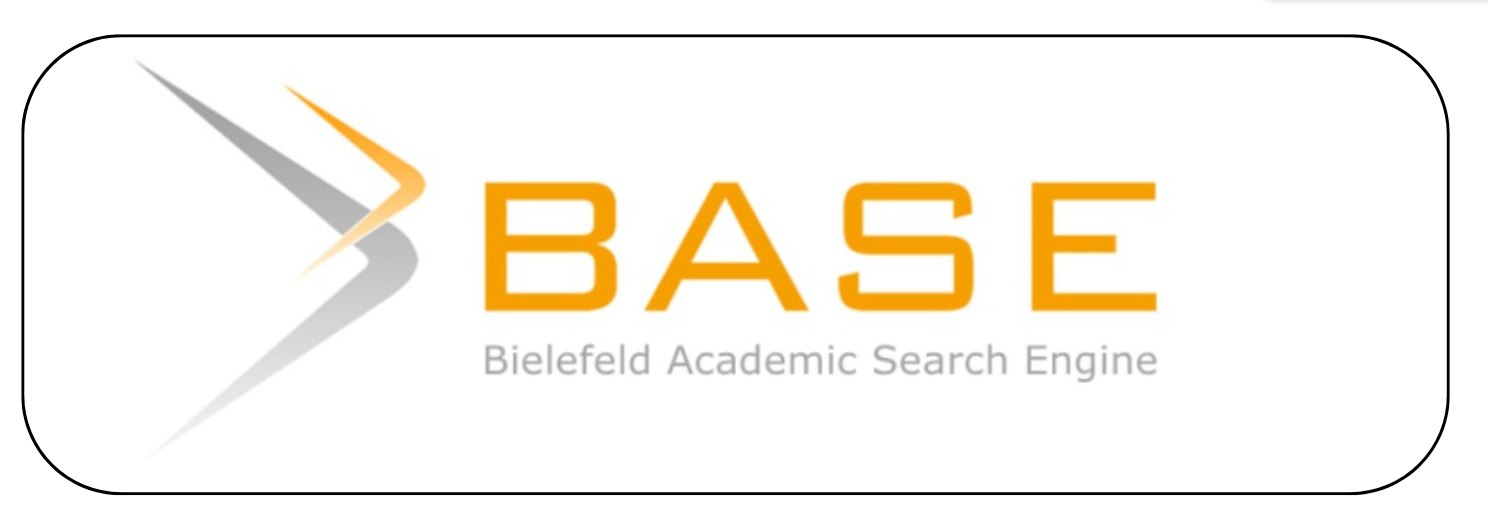Investigating The Factors Of Perceived Usefulness Towards E-Learning Acceptance Among Students In Klang Valley
DOI:
https://doi.org/10.61688/jev.v4i3.94Keywords:
E-Learning Acceptance, Technology Acceptance Model, Perceived UsefulnessAbstract
According to Elliot Masie from The Masie Centre, e-learning refers to the utilisation of network technology for the purpose of designing, delivering, selecting, administering, and expanding the process of learning. The current state of e-learning adoption in Malaysia is characterised by its developing nature, wherein students and instructors are being actively urged to adopt this method as a response to the global Covid-19 pandemic. Therefore, it is crucial for this research to emphasise the adoption of E-learning, particularly in regards to the perceived utility among its users. The current investigation entailed the distribution of a survey to individuals residing within the immediate vicinity. A total of 129 individuals residing in the Klang Valley region were surveyed through the distribution of questionnaires. The current investigation employed the Technology Acceptance Model (TAM) as its theoretical foundation. The findings suggest that there is a limited association between the acceptability of E-learning and its perceived utility as judged by its users.It is recommended that future research endeavours delve further into the factors that influence the perception of utility.
Downloads
Downloads
Published
How to Cite
Issue
Section
License
Copyright (c) 2023 Amin Ezzuddin, Norhaninah A. Gani

This work is licensed under a Creative Commons Attribution 4.0 International License.












